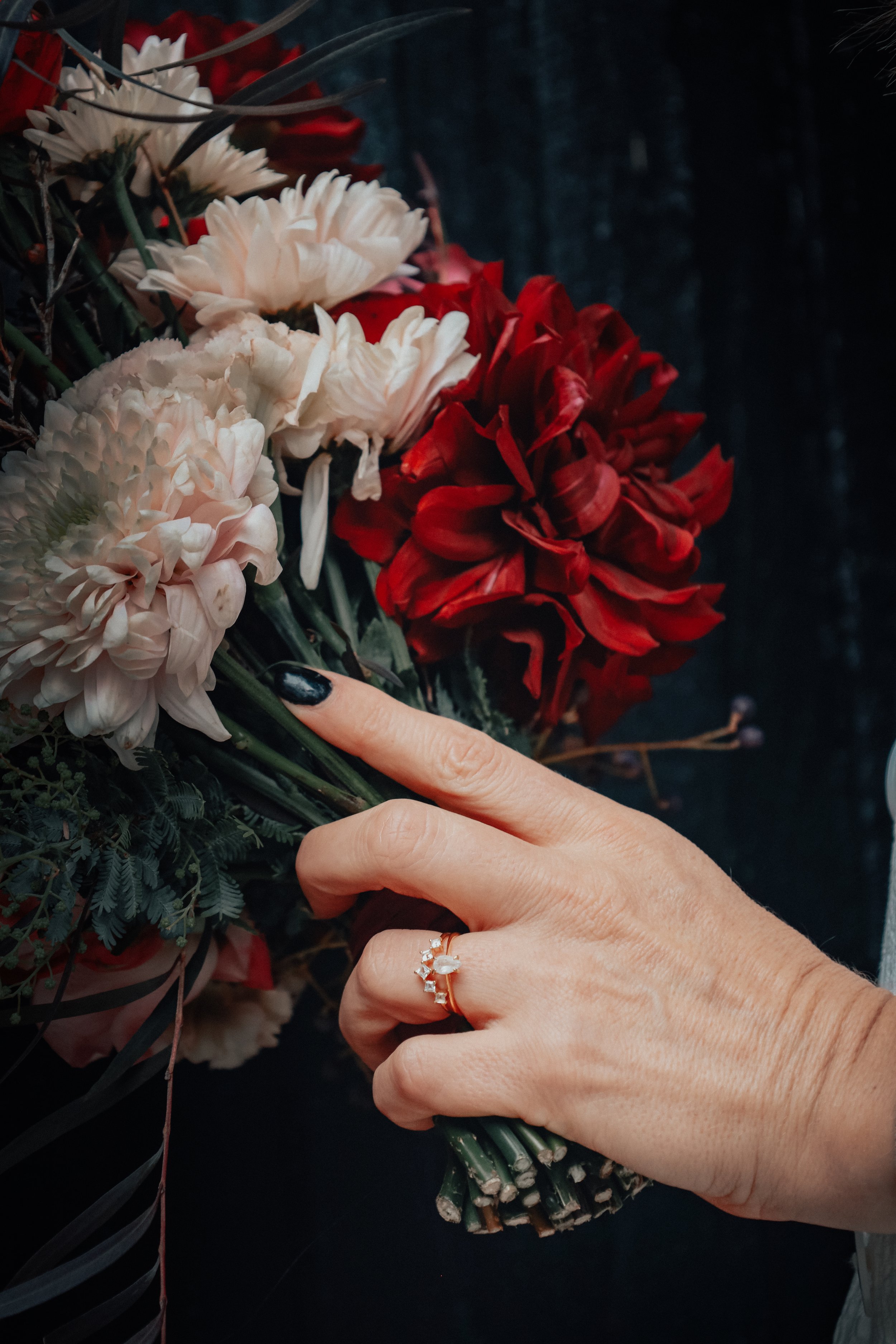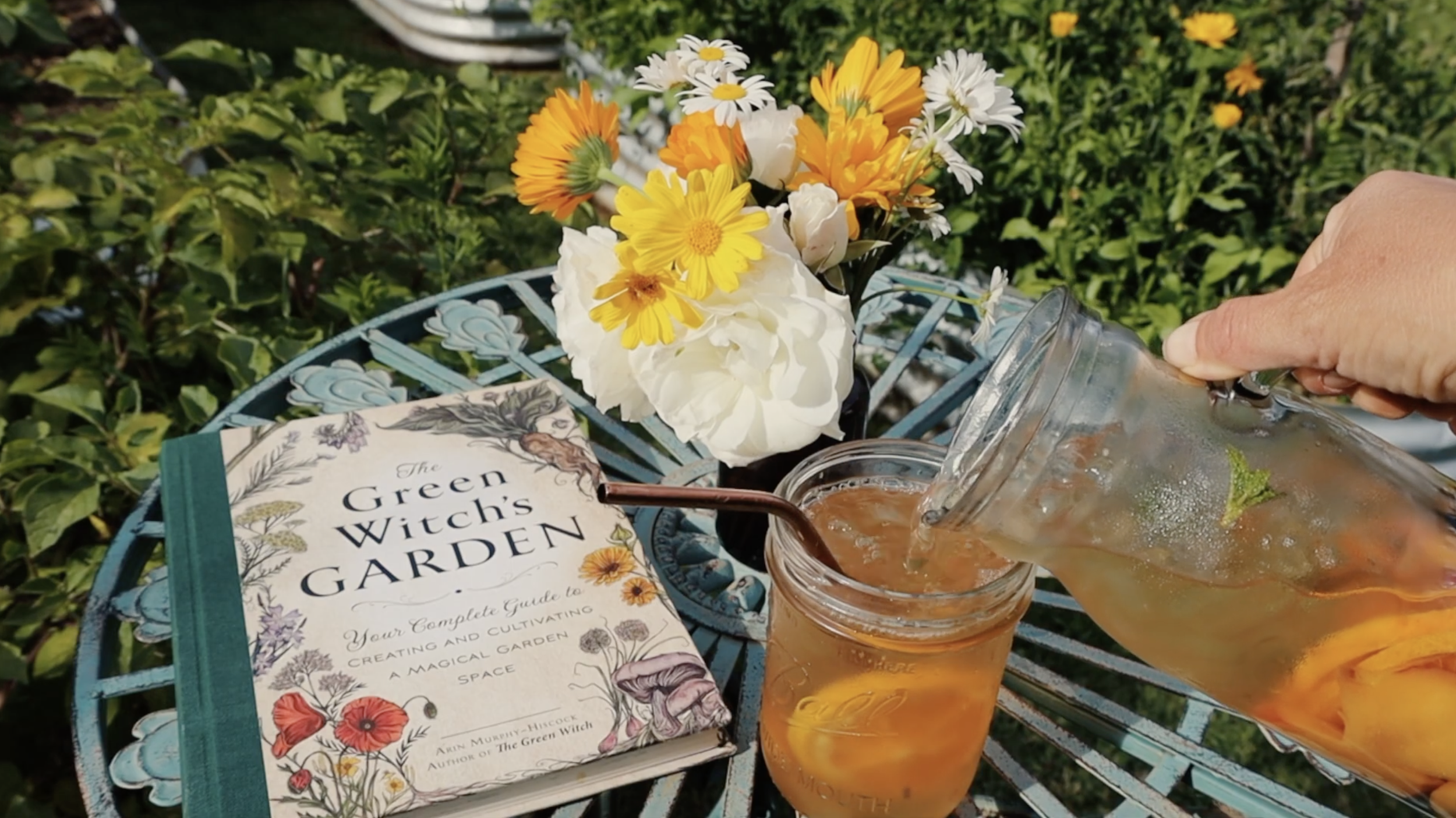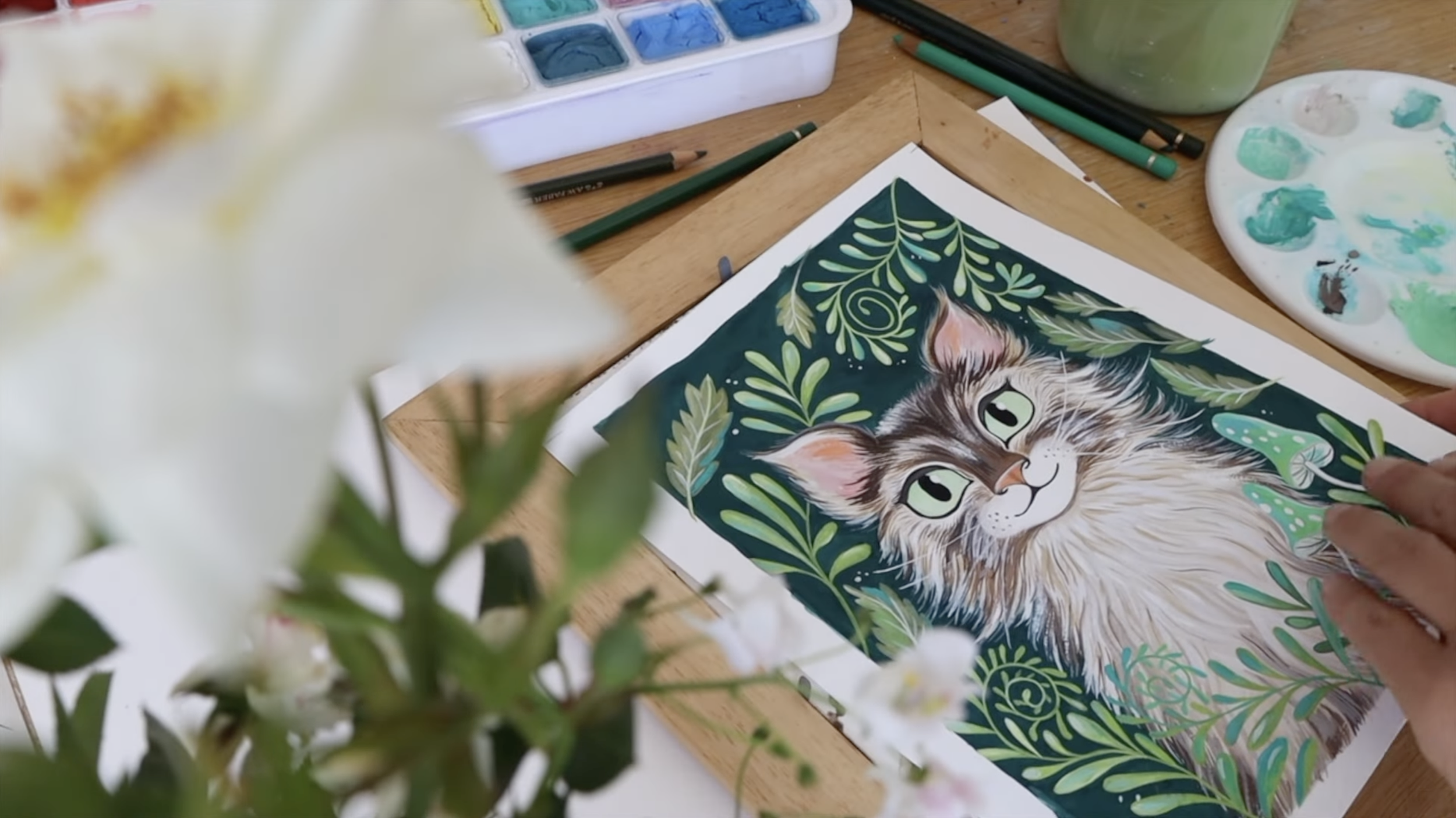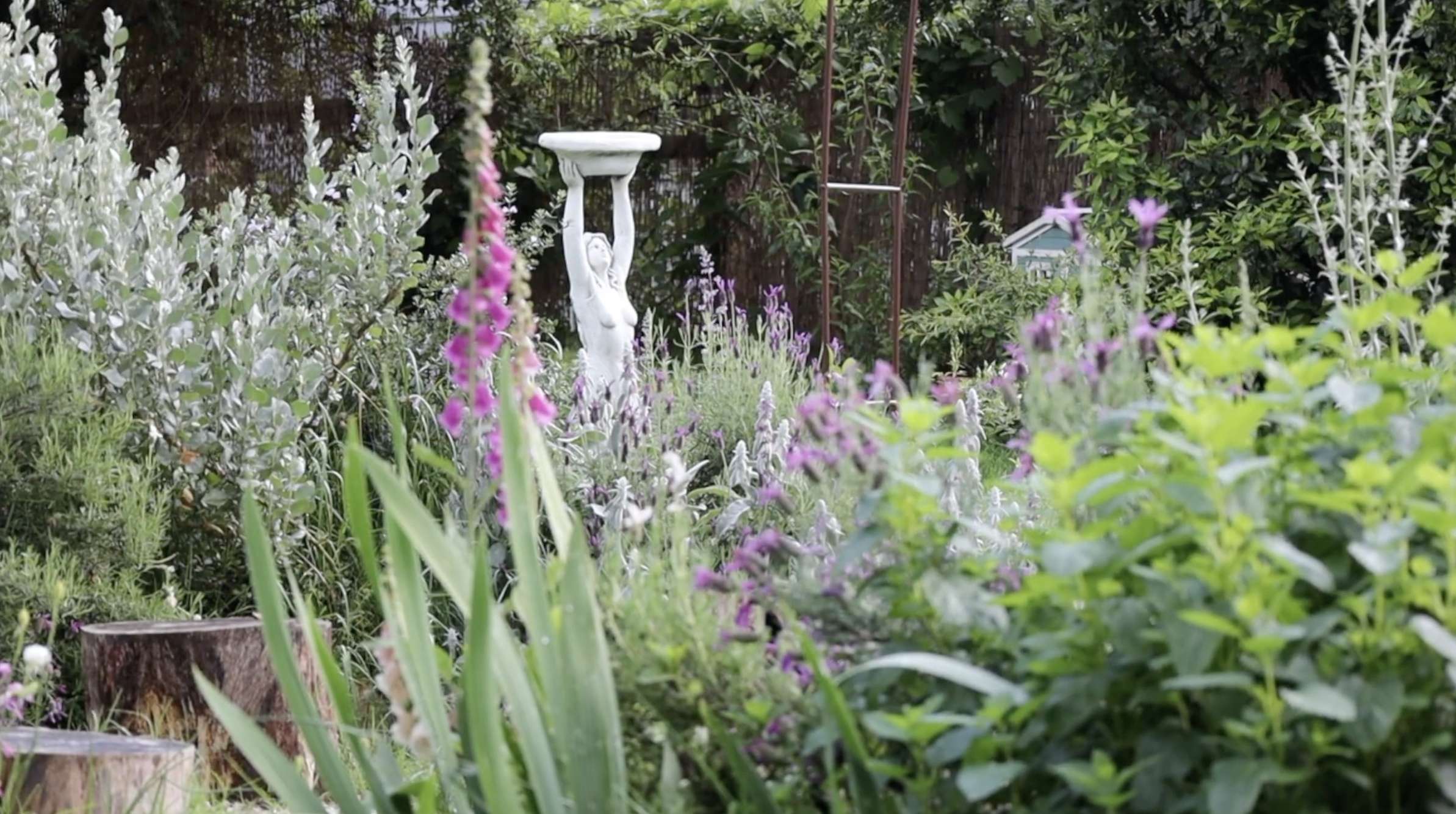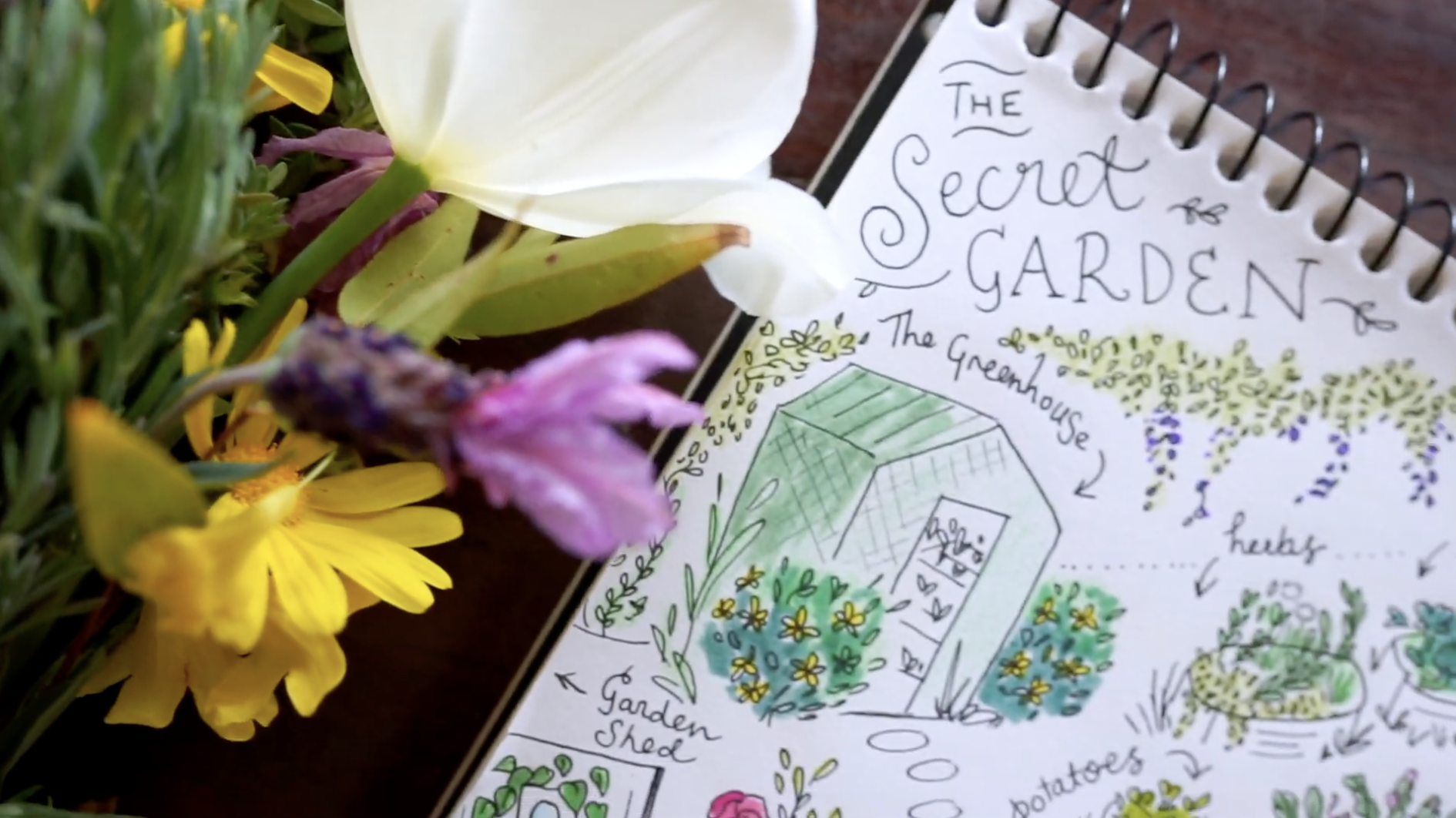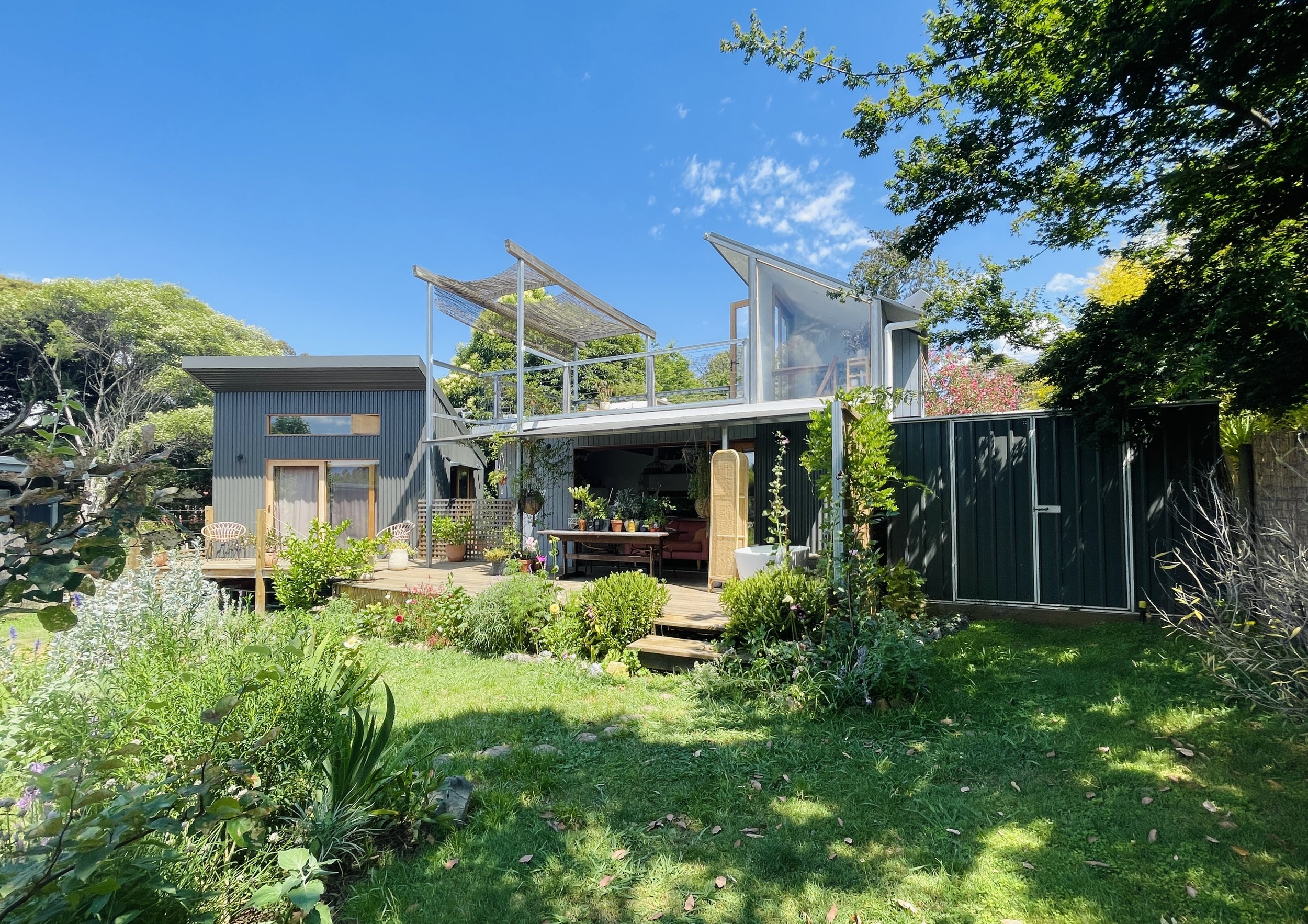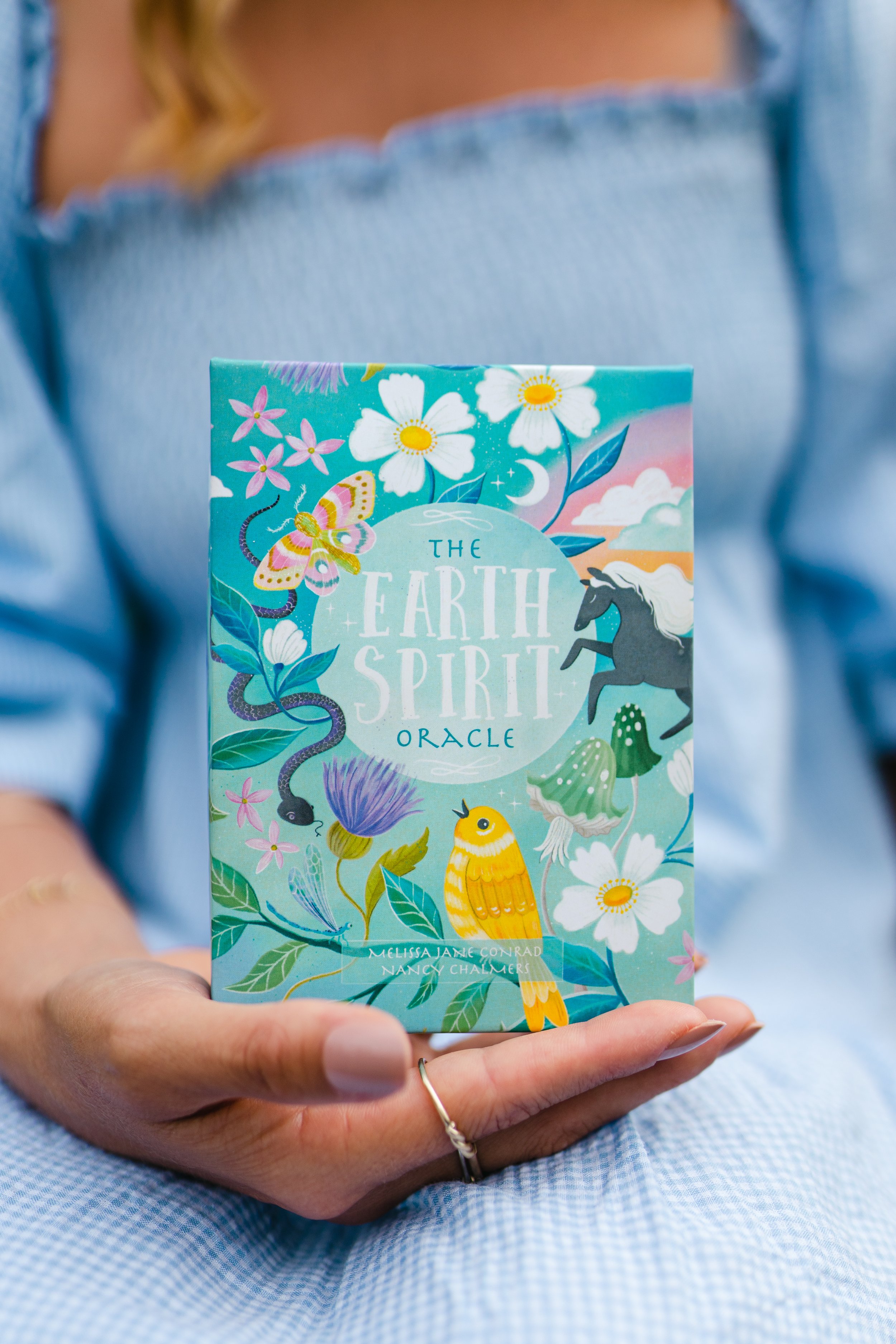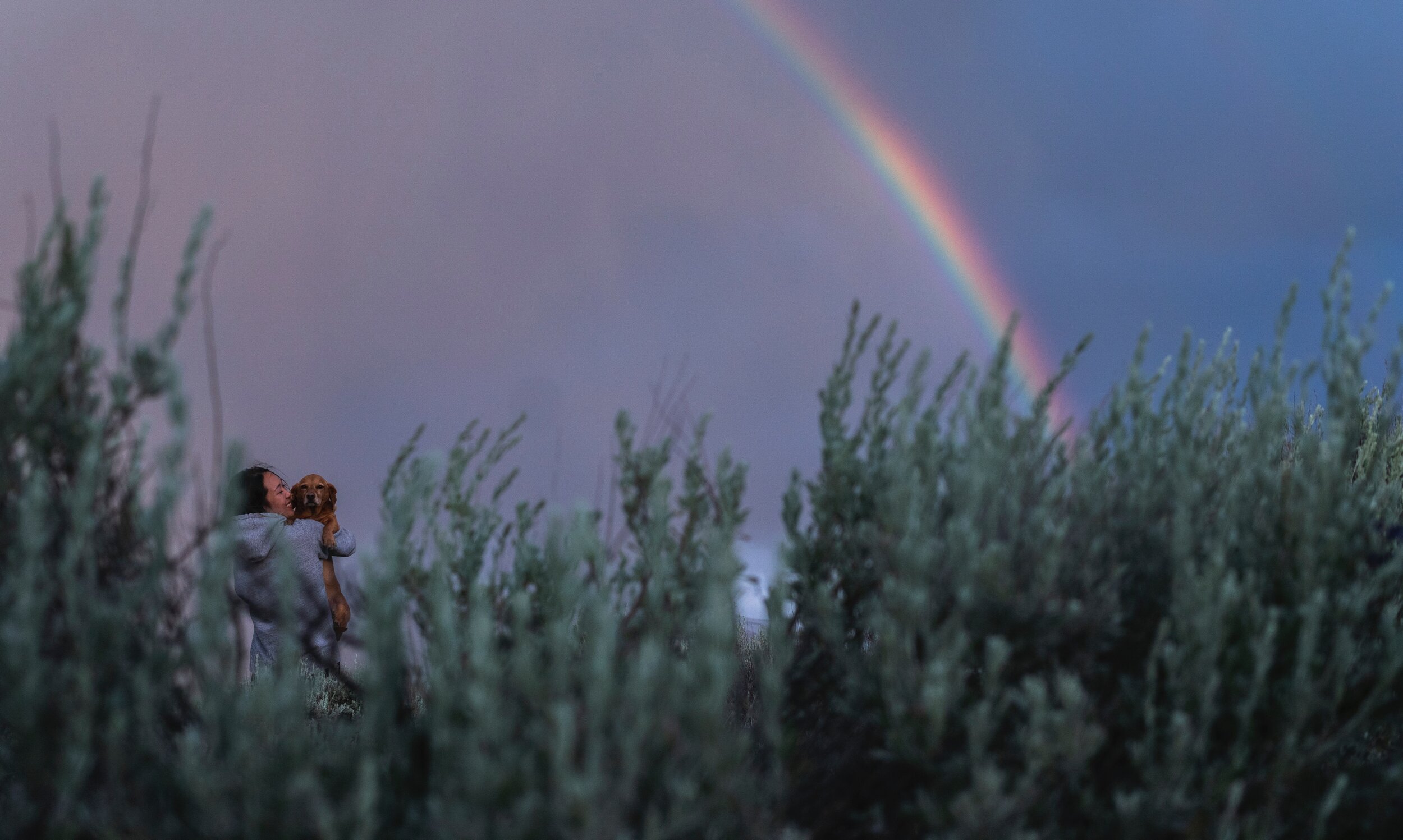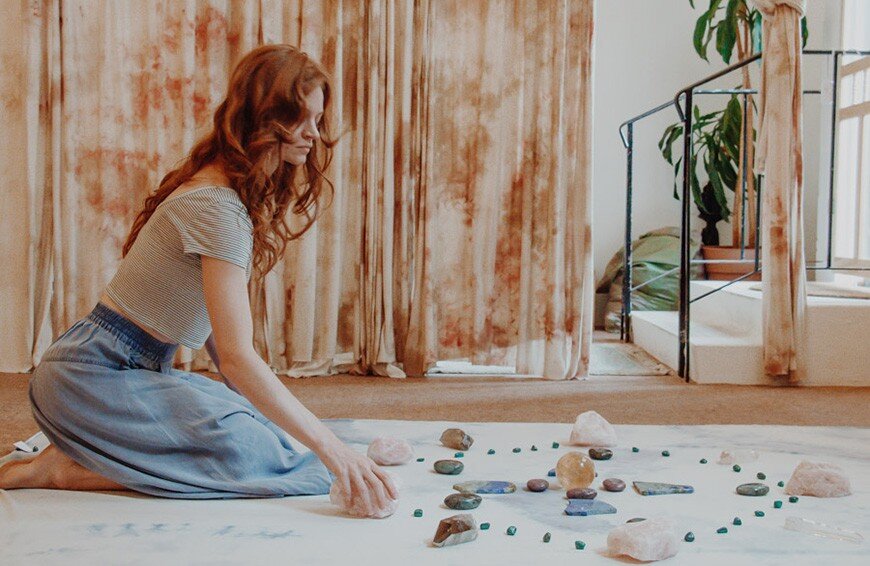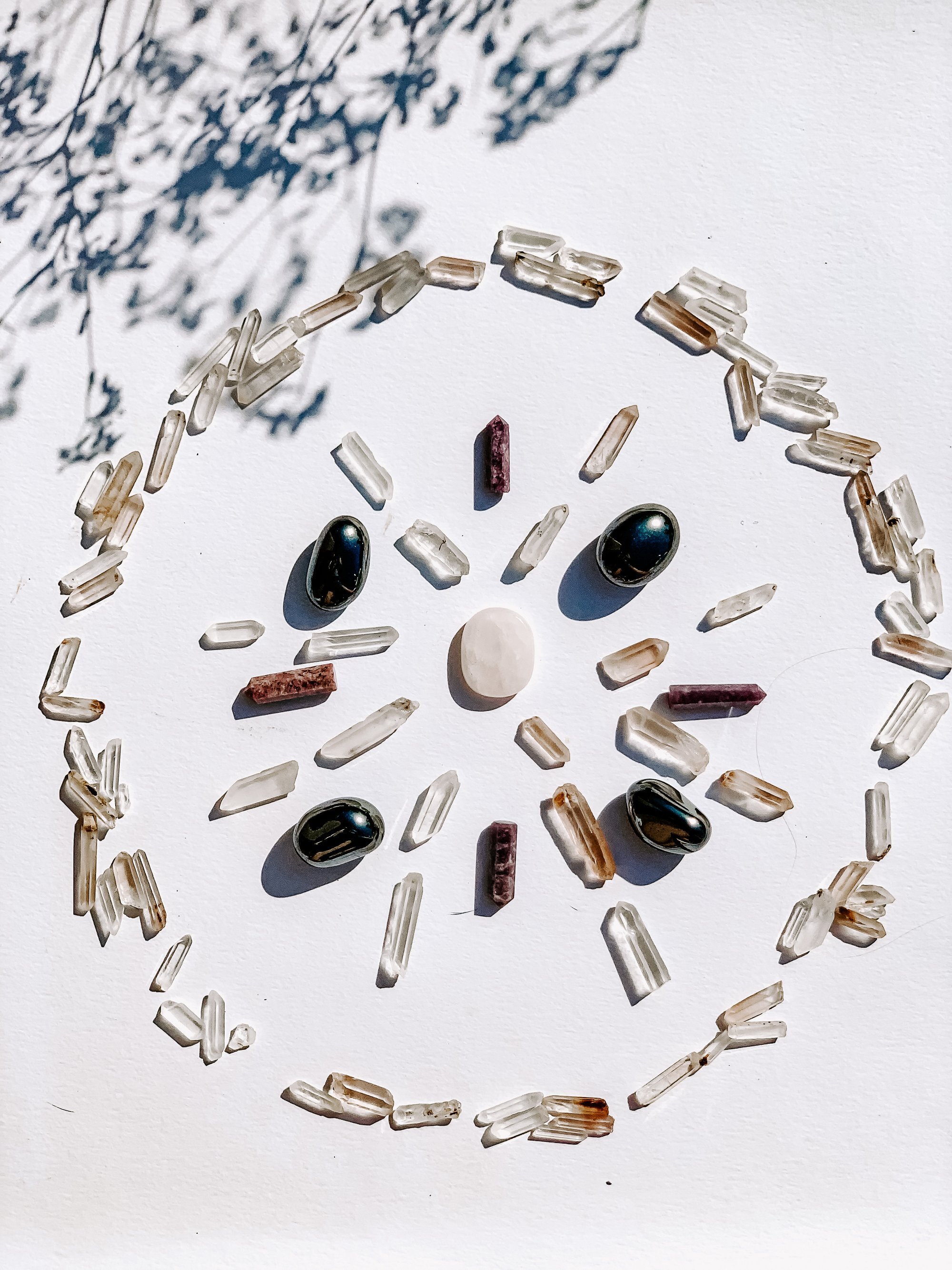A holiday to a different part of the world will show you how arbitrary some of these “good/bad” divisions are (that create the Shadow Self). In the West, for example, eye contact is perceived as confident and engaging, whereas in Japan it’s perceived as arrogant and rude. In the Middle East burping after a meal is a sign of pleasure, yet anywhere else in the world it’s seen as vulgar and uncouth. And in America, TV shows depicting violent murders are considered more acceptable than showing nudity or sexual acts, whereas in Europe it’s the complete opposite. These are just a few examples. Basically, the repression of our negative traits or emotions in society is one of the biggest barriers in any person’s journey towards self-love and living authentically. How can you completely and wholeheartedly accept who you are if there are sides of yourself that you’re too afraid to explore?
SPIRITUALITY AND THE SHADOW
The idea of the “Shadow Self” doesn’t only apply to psychology. Many ancient Shamanic teachings, including the ones I was taught, involved the preparation towards an illness or a spiritual death (by ascending into your own darkness or “Shadow Self”), and being reborn in an attempt to provide you with the experience and insight to heal yourself and bring that healing wisdom to the people of your tribe.
So, apart from society’s ideas of acceptable and non-acceptable behaviour, what else causes such great repression of the Shadow Self? In truth, a lot of it actually comes from the endless cornucopia of “feel good” motivational teachings out there. If you notice, a lot of modern spiritual and religious work revolves around moving towards the “light,” accepting the “light,” and seeking for the “light.” Yet by doing so, we ignore the entirety of what it is to be human! In fact, many of the spiritual and new age teachings out there provide an escape for those who do not want to be responsible for the entirety of themselves and their lives.
Understandably the “light” energies are usually represented with noble values such as love, peace, joy, harmony, and compassion. Many spiritual and religious movements completely ignore or condemn the darker elements such as anger, vengeance, control, fear, shame, competitiveness, jealousy, and lust. Because these darker characteristics are associated with negativity or “evil,” they’re avoided out of fear and buried even deeper within us. But this is a tragic mistake with dire consequences.
The more our darkness is avoided, the more it grows within us, waiting like a volcano to gush out at any unexpected moment.
THE IMPORTANCE OF INTEGRATION VS . SPIRITUAL BYPASSING
Interestingly, many seekers of spiritual growth think that somehow all of the negative qualities within themselves will eventually be transcended as they “awaken to their Higher Selves,” “work through their karma,” or “become more enlightened.” Yet from my own experience, this is a form of spiritual bypassing: using spirituality to avoid everything uncomfortable within us instead of facing it with honesty and courage.
Furthermore, actually turning toward your Shadow Self helps you to embrace these disconnected parts of yourself, creating more psychological and spiritual balance (wholeness). Denying your darkness only creates chaos and disharmony.
The keyword here is “integration,” which comes from the Latin word integratus, meaning ‘to make whole’. To integrate an inner quality is to take ownership and responsibility for it, rather than rejecting or denying it. The benefits are many: sanity, healing, greater compassion, calmness, understanding, and wholeness are all to be found in integration.
On the other hand, the opposite of integration is to “disintegrate” – or to become fragmented and divided into pieces. A person that “breaks down” or “falls apart,” for instance, is someone who has been unable to handle stress and who has ignored too many of their personality traits, especially Shadow Self traits to function normally. In reality, a fragmented person can never handle adversity because they have no whole centre, and they’re always handling life from the corners of their personality parts. This is why integration is so essential: it helps us to become whole again.
THE RIGHT AND LEFT-HANDED PATHS
In esoteric branches of Hinduism such as Tantra or Western Esoteric occult teachings, they have what is called Right and Left-handed paths towards experiencing Oneness, Enlightenment, or the Higher Self. Throughout history, the left has always been associated with dark, radical or sinister elements. Even the etymology of the word “sinister” means “from the left side.” Also, in Muslim, Chinese, Judeo-Christian, and even Hindu religions, the left hand is associated with being the unclean side.
These days, the “right-handed path” is what most of us understand to be the pursuit for positive things such as overcoming personal flaws and limitations, purifying our sins, and anything else that helps us connect to our “higher selves.” The left-handed path, however, is associated with parts within us that are typically fought against, rejected, denied, feared, and thus it becomes our biggest inner hindrance, but at the same time, the key to our liberation.
The right-handed path seeks to improve the personal self, overcome its flaws, but the left-handed seeks investigation, seeks to face the shadows in its pursuit of self-care. Just as is represented in the ancient symbol of the Yin and Yang, when you balance both opposites, the dichotomy of right and left will disappear.
Personally, I like to think that first there was darkness. Unlike light, darkness is infinite. Under every rock, you will find darkness, but light and darkness need each other to come into existence. Unless you learn to first embrace that darkness within yourself, you can never pursue the light of self-love in a balanced way.
Many right-handed new age teachings talk about leaning towards the “higher chakras” and avoiding the lower ones. However, in the long term, this won’t be very helpful. Unless the foundation of your home is solid and stable, no matter how beautifully you decorate and work on the house itself, sooner or later your house will collapse and crumble down. The truth is that we have both hands, not just one, and we must learn to use them in a balanced way if we seek to live a balanced life.









































